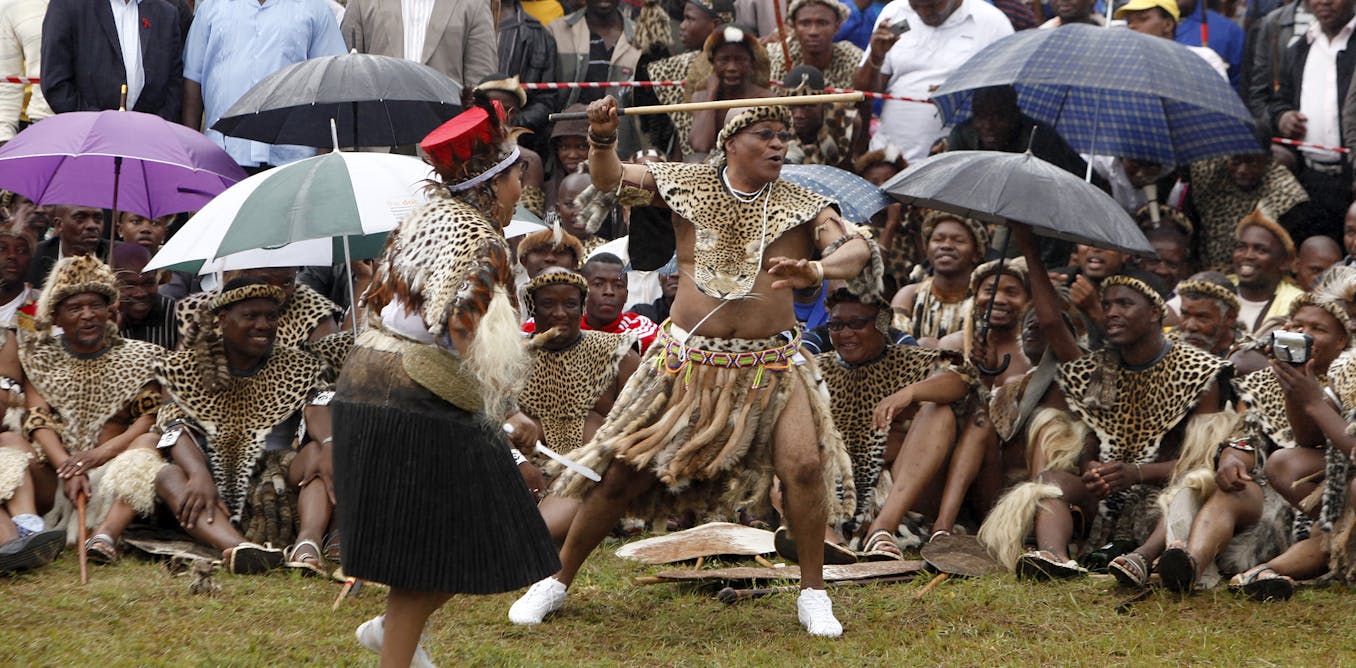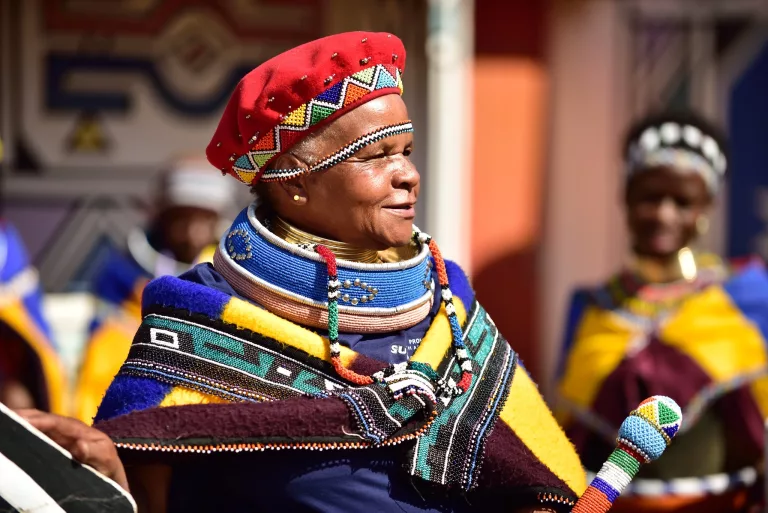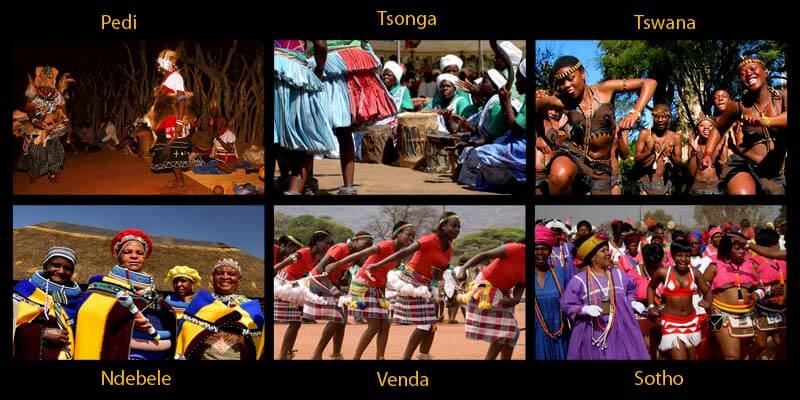Our South African Culture Today Statements
Top Guidelines Of South African Culture Today
Table of ContentsSouth African Culture Today Can Be Fun For AnyoneThe Facts About South African Culture Today UncoveredThe Of South African Culture TodayThe Facts About South African Culture Today RevealedA Biased View of South African Culture TodayGetting My South African Culture Today To Work
This adheres to with vocal singing and drum whipping. The couple then meet the elders and discuss the significance of their union. A matter of value in Zambian towns is the diing of liked ones. All members of the village placed cash, effort and time with each other for the interment of the deceased.During the grieving duration; guys stay outside the house and the females remain inside the home of the deceased. After speaking about the dead, the town walks to the place of burial to claim their last bye-byes. Music and dance is a really vital element of the Zambian culture. The various tribal devices have their own dance kinds; nonetheless, makishi is common amongst all people.
Some Known Details About South African Culture Today
When it concerns music, drums are utilized one of the most, with a selection of drumming events. In Zambia, bulk of the people are Christian; Protestant and Roman Catholic. There are small groups of Muslims and Hindus, with the remainder complying with regional native tribal beliefs.

South African heritage and culture is exceptionally diverse, and contains various groups of individuals who each have their very own customs and beliefs. Having such a variety of people and cultures is what makes South Africa so one-of-a-kind. In real sense of the expression, we are a rainbow nation.
Making it the 7th on the list of nations with the most Portuguese individuals in it outside of Portugal. Portuguese is not only a culture, yet it is likewise a language and a race. Portuguese people stem from the nation of Portugal in Europe, nevertheless, due to Portugal (like several other nations in Europe) exploring the world and overcoming other countries throughout the 15th 20th centuries, South Africa has what we call Portuguese South African's living in it.
How South African Culture Today can Save You Time, Stress, and Money.
Amongst the prominent functions of the topography is a plateau that covers almost 2 thirds of the center of the country. The plateau complicated climbs towards the southeast, where it culminates in the Drakensberg array, part of an escarpment that separates the plateau from the coastal areas. The Drakensburg includes Champagne Castle, the highest possible height in the country.
The region north of the Witwatersrand, called the bushveld, inclines downward from east to west toward the Limpopo River, which develops the worldwide boundary. The western area of the plateau, the middleveld, also descends towards the west and differs in altitude between the highveld and bushveld. In between the Drakensburg and the eastern and southerly coast, the land descends to the sea.
Nearer the coastline there is a low-lying level called the eastern lowveld. Southwest of the plateau the country ends up being gradually a lot more arid, paving the way to the stony desert of the Great Karroo, approached the eastern by the reduced, much better watered plateau of the Little Karroo. Separating the dry southerly inside from the sandy littoral of the southern coast and West Cape is another array, the Langeberg.
Examine This Report about South African Culture Today
The country's racially, ethnically, and politically split history has actually produced nationwide and subnational symbols that still operate as signs of the nation, and others signs that are approved only by certain teams. The monuments to white settler occupation and political prominence, such as the Afrikaner Voortrekker ("pioneer") Monolith in Pretoria and the Rhodes Monument recognizing the British colonial realm building contractor and Cape prime minister Cecil Rhodes, remain sectarian signs.
The initial modern-day residents were the San ("bushman") hunter-gatherers and the Khoi ("Hottentot") peoples, that herded livestock (South African culture today). The San may have existed for hundreds of years and left evidence of their visibility in thousands of ancient cavern paintings ("rock art"). Bantu-speaking clans that were the ancestors of the Nguni (today's amaZulu, amaXhosa, amaSwazi, and vaTsonga individuals) and Tswana-Sotho language groups (today's Batswana and Southern and Northern Basotho) migrated below eastern Africa as early as the fifteenth century

The two former republics of the Orange Free State and Transvaal (South African Republic) were established by Afrikaner settlers who defeated and dispossessed the Basotho and Batswana. Lesotho would have been forcibly incorporated right into the Orange Free State without the expansion of British defense in 1869. The best marriage of the nation arised from the South African War (18991902) between the British and both Afrikaner republics, click here for more which decreased the country to destroy at the beginning of the twentieth century.
Afrikaners traditionally considered themselves the just real South Africans and, while approving full citizenship to all locals of European descent, denied that status to individuals of shade up until the democratic transition of 1994. British South Africans retain a feeling of social and social connection to Great Britain without weakening their identification as South Africans.
Getting My South African Culture Today To Work
The diversity and fragmentation within ethnic collections and the equilibrium of stress between those teams during the twentieth century avoided interethnic civil problem. her explanation While intergroup tensions over sources, entitlements, and political prominence stay, those problems are as likely to match Zulu against Zulu as Zulu versus Xhosa or African versus Afrikaner.
From colonial India, British merchants and managers brought the curved steel ornamental roof coverings and slender shoelace job pillars that still represent the outdoor patios of cottages in communities and cities throughout the nation. Homes of prayer contribute a crucial architectural element also in the smallest towns. In enhancement to the soaring steeples and traditional stonework of Afrikaans Dutch Reformed churches, Anglican churches, synagogues, mosques, and Hindu temples provide range to the spiritual architectural scene.

Slaughtering and the brewing of traditional cereal beer are important in protecting the involvement and goodwill of the ancestors who are considered the guardians of good fortune, prosperity, and well-being. Indian areas keep their indigenous cooking customs and apply them on Islamic and Hindu ritual and ceremonial occasions. Afrikaners and Coloured people collect at weekend breaks and unique events at multifamily bbqs called braais, where community bonds are strengthened.
Due to the fact that this was the primary economic venture of both black Africans and white colonists, dispute in between those groups focused on the property of grazing land and animals. In 1867, the biggest diamond deposits in the globe were discovered at Kimberley in the west central location. The riches from those fields helped fund the exploitation of the greatest gold coral reef in the world, important site which was uncovered on the Witwatersrand in 1886.
Everything about South African Culture Today
This led to misconceptions and purposeful misstatement in the transactions of white inhabitants and government authorities with African principals during the early american duration (South African culture today). In the establishment of African books, some aspects of common and primarily "tribal count on" land period were maintained, and even in white backwoods, forms of common period were still practiced in areas with African neighborhoods
After the autonomous transformation of 1994, programs for land restitution, redistribution, and reform were set up, yet progress has been sluggish. The white minority still regulates eighty percent of the land. In the wake of farming land intrusions in Zimbabwe, the Department of Land Matters has vowed to speed up land redistribution.